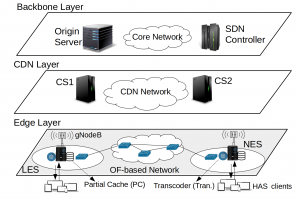ACM Mile-High video 2022 (MHV)
March 01-03, 2022 | Denver, CO, USA
Conference Website
Minh Nguyen (Christian Doppler Laboratory ATHENA, Alpen-Adria-Universität Klagenfurt), Ekrem Çetinkaya (Christian Doppler Laboratory ATHENA, Alpen-Adria-Universität Klagenfurt), Hermann Hellwagner (Christian Doppler Laboratory ATHENA, Alpen-Adria-Universität Klagenfurt), and Christian Timmerer (Christian Doppler Laboratory ATHENA, Alpen-Adria-Universität Klagenfurt)
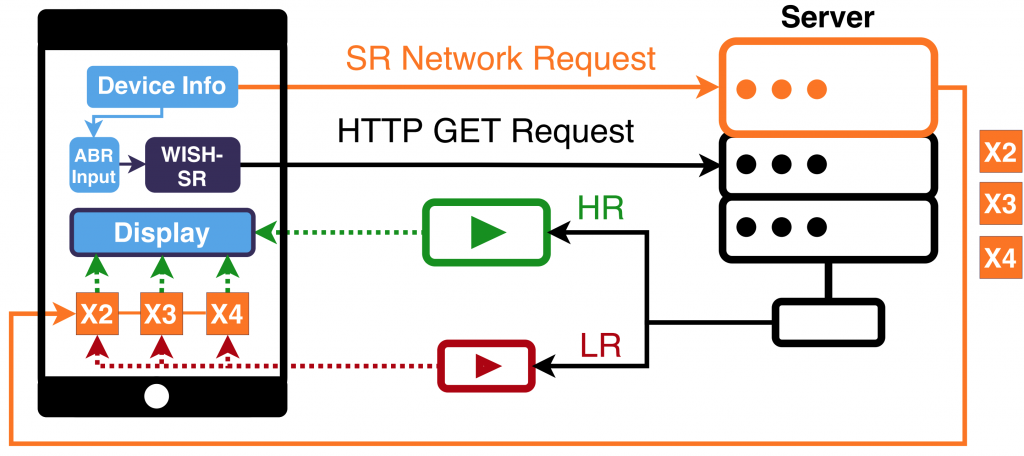
Abstract: The advancement of mobile hardware in recent years made it possible to apply deep neural network (DNN) based approaches on mobile devices. This paper introduces a lightweight super-resolution (SR) network, namely SR-ABR Net, deployed at mobile devices to upgrade low-resolution/low-quality videos and a novel adaptive bitrate (ABR) algorithm, namely WISH-SR, that leverages SR networks at the client to improve the video quality depending on the client’s context. WISH-SR takes into account mobile device properties, video characteristics, and user preferences. Experimental results show that the proposed SR-ABR Net can improve the video quality compared to traditional SR approaches while running in real-time. Moreover, the proposed WISH-SR can significantly boost the visual quality of the delivered content while reducing both bandwidth consumption and the number of stalling events.
Keywords: Super-resolution, Deep Neural Networks, Mobile Devices, ABR




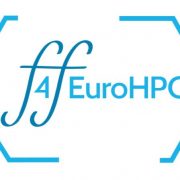


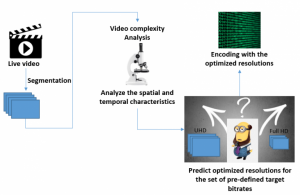

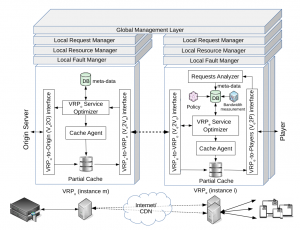 Abstract: While most
Abstract: While most 
